Breakfast today featured an assortment of Western as well as many Japanese choices. No congee at this hotel, but I did enjoy the miso soup with noodles and pickled vegetables, as well as the half-boiled egg. Most of the options are in small individual bowls that you pick up along the buffet line. By the time you are ready to eat, you’ve accumulated about 10 little bowls and plates. I was wondering…who washes all of these? Hiro told me they have a dishwasher that can accommodate the small dishes, but the miso soup bowls that are laminated must be washed by hand. Apparently, the Japanese don’t like to do that job, so people are hired from Vietnam, etc to work in the kitchens.
After breakfast we boarded the bus and drove to the Kenrokuen Gardens. I know I keep saying this, but you can’t believe how magnificent the cherry blossoms are and in this garden, they were spectacular! Hiro said we picked the best two weeks of the spring season to be in Japan.
Kenrokuen, meaning “garden of the combined six,” is so named because it combines the six qualities of a perfect garden according to an ancient Chinese text. The qualities are grouped in three pairs: spaciousness and seclusion, human artistry and the effects of age, water features and vistas.
The garden maintains its beauty throughout all the four seasons – green grasses and mosses carpet the grounds in summer, autumn finds the leaves aglow with color, in winter the snow on the tree branches is beautiful, (but the branches must be tied up so that they don’t break), and of course, springtime brings the cherry blossoms, which is when I think the garden is at its finest.
Today being Saturday, admission to the garden was free, so we were able to stroll all over and take in the beauty. We passed by The Fountain, Japan’s oldest fountain, which is powered by natural water pressure and combines two of the six traditional elements in one: human artistry and water.
We came upon the “neagari matsu” or “raised roots pine” which was planted by the 13th Lord Maeda Nariyasu.
Scichi-Go-Sanis a traditional Japanese rite of passage and a festival day for girls who are 5 and 7 years of age, and sometimes for boys who are 3. It is usually held in November, but because of covid, many families are doing the rite of passage now. It is held to celebrate the growth and well-being of the children now and for the future. We happened upon three small children who were participating in this rite of passage. They looked darling in their traditional Japanese garb.
While strolling along, we also came upon a couple who were holding what appeared to be little robots. They were photographing them, and walking with them, so I went over and asked them what it was all about. They thrust the robots into my arms and said we could take photos with them. The boy robot was 3 years old and had just celebrated his birthday (the lady showed us his birthday party video) and the female was younger. The robots’ arms moved and the camera on their heads swung their faces back and forth. The robots were trying to talk, and what we gleaned from the broken English of their “parents”, the robots were just learning how to speak, so no words were being uttered as of yet. Robotics is very big in Japan, and we were lucky to be able to see and hold the little creatures.
It was a wonderful morning, and then we were back on the bus to visit the fish market.
Omicho fish market has been in operation since 1721. Nicknamed “Kanazawa’s kitchen”, there are 186 different stores, selling seafood, fresh fruit and vegetables, and confectionery. Amazingly, with all the unusual seafood on display, there was not a fishy smell anywhere, thus attesting to the freshness of the fish. There was a stand selling scallops and Hiro treated us to one each. The scallop shells were huge, and they were placed onto a grill to be heated. Suddenly, the shells popped open and then the scallop shells with the scallops inside were removed from the flame and washed in water. After the water bath, they were placed back on the grill and a little water was squirted into the open shell. The scallop inside was cooked on the shell over the flame, and a kitchen torch was used to finish the preparation. The scallop was delicious and we all were happy to be able to sample them.
We ate a western lunch of chicken, carrots, and a small potato, but I missed having the Japanese fare.
After lunch we strolled through the geisha district. Along these streets are many still-active tea houses, open only in the evening and only to select clientele. Below the tea houses are stores as well as some small restaurants.
We happened upon a bride and groom who were having their photos taken. We were allowed to photograph them, and one of the nearby men dressed in a suit came up to me and proudly told me the bride was his sister.
Soon, we were back in the bus, this time on our way to the gold leaf factory. Kanazawa has thrived as a center of gold leaf production since the sixteenth century. Gold leaf is made using the entsuke technique, which is unique to Kanazawa.
The ingredients of gold leaf are gold of course, and small amounts of copper and silver, making the gold leaf able to become very flat and thin. The gold is melted and poured into a mold to harden. It is then passed through rollers to flatten out. This is repeated until the gold is about 5/100mm thick. The strip of gold is cut into 6mm squares with a scissors. The squares are placed together with special gold beating paper between them and beaten with a foiling machine. At this point, the gold has been flattened to just 7/1000 mm thick. It is cut again into squares and once again layered with gold beating paper. (The gold beating paper is a type of washi, which has a complex method of manufacturing, a process which takes months to complete.) The gold sheets are stacked, with this washi gold beating paper in between, and once again, the stack is beaten with the foiling machine. By the time this process is completed, the gold leaf is 1/10,000 mm thick. Finally, the gold leaf is trimmed into squares with a bamboo frame.
The highlight of the tour, however, was making our own postcards with gold leaf. The teacher first showed us how it was done, and then we were able to do it ourselves. It was a lot of fun and it was amazing to see the gold leaf and realize how thin it really was.
We went into the ice cream store on the premises, and had delicious ice cream cones topped with a sheet of the gold leaf, that we consumed. Wow! Who would have thought we could eat that much gold!
It was a wonderful morning and afternoon!
At night, we had dinner at a sushi restaurant which was excellent. We had ahi tuna, tuna rolls, and salmon with salmon eggs on top. Allan also had a crab cake. We also enjoyed some beers with our meal.
It was a wonderful day, and the weather once again was perfect!
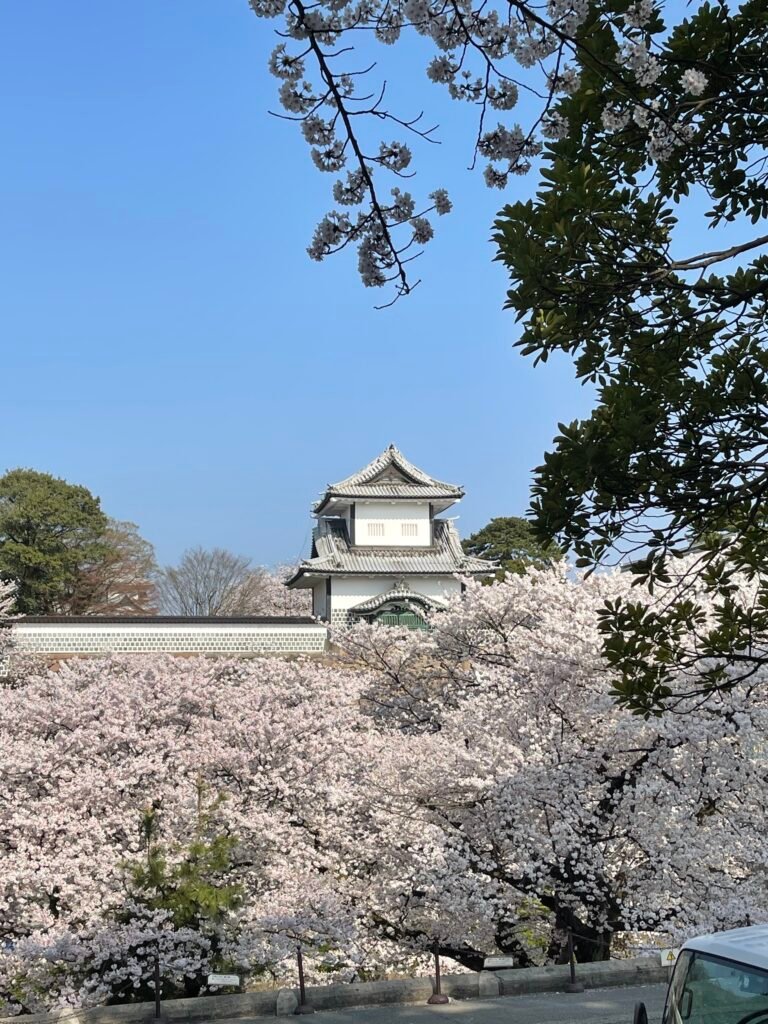
Kenrokuen Garden
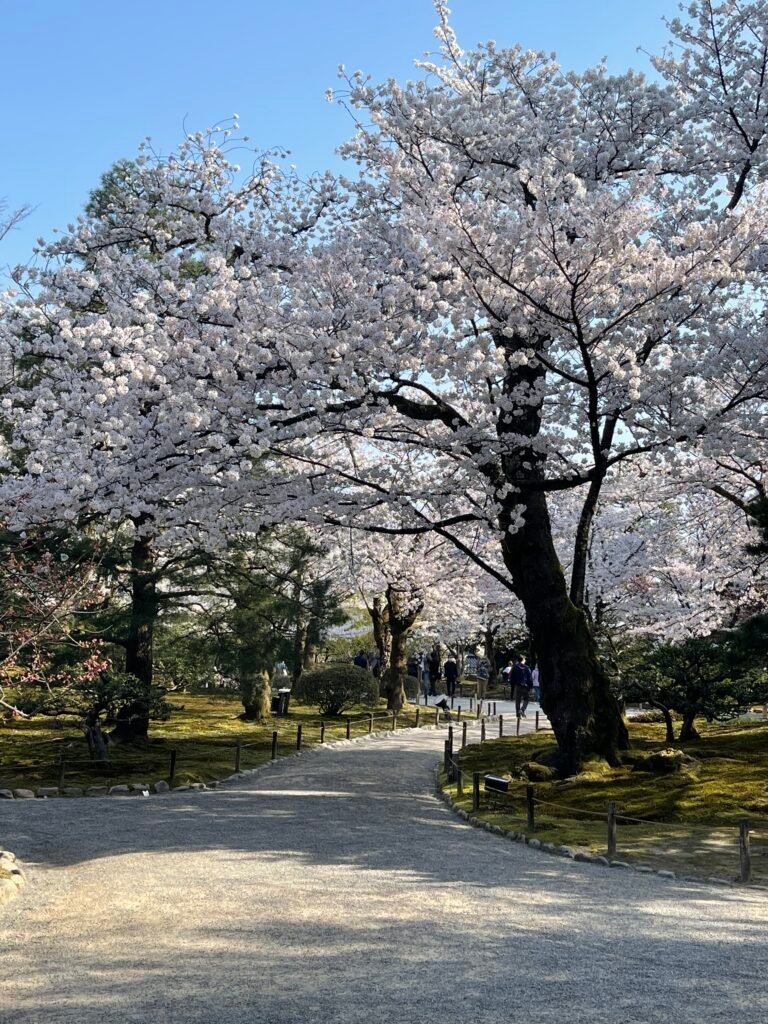
Kenrokuen Garden
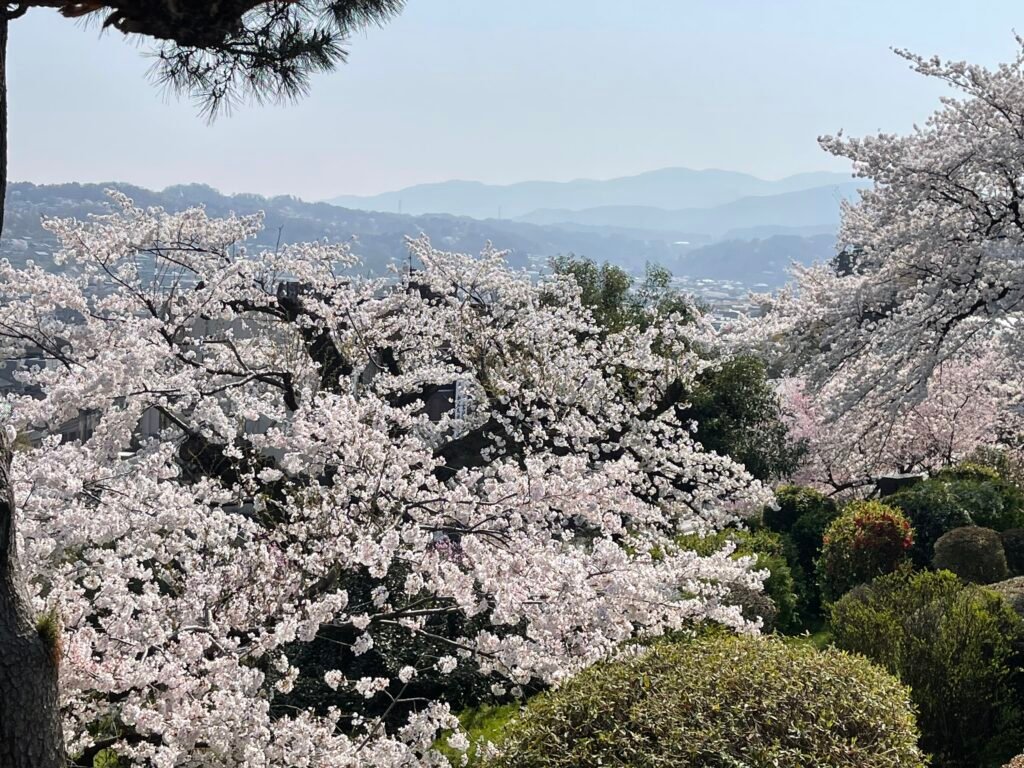
Kenrokuen Garden

The Fountain
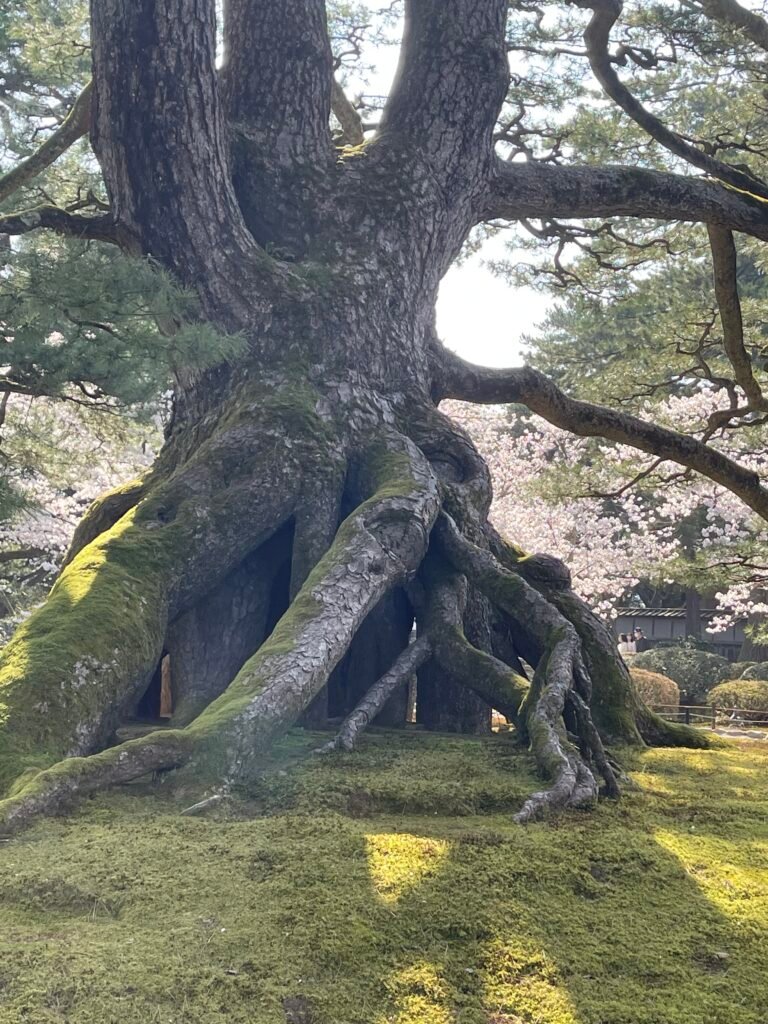
The raised root pine
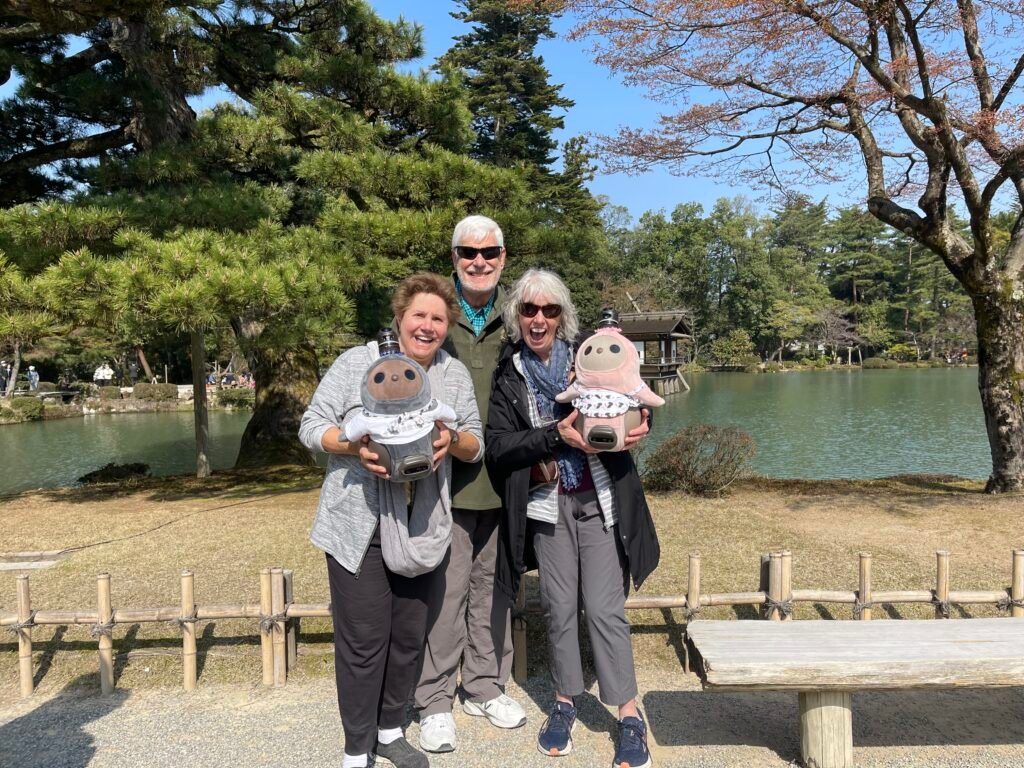
The robots

The 3, 5, and 7 year old children
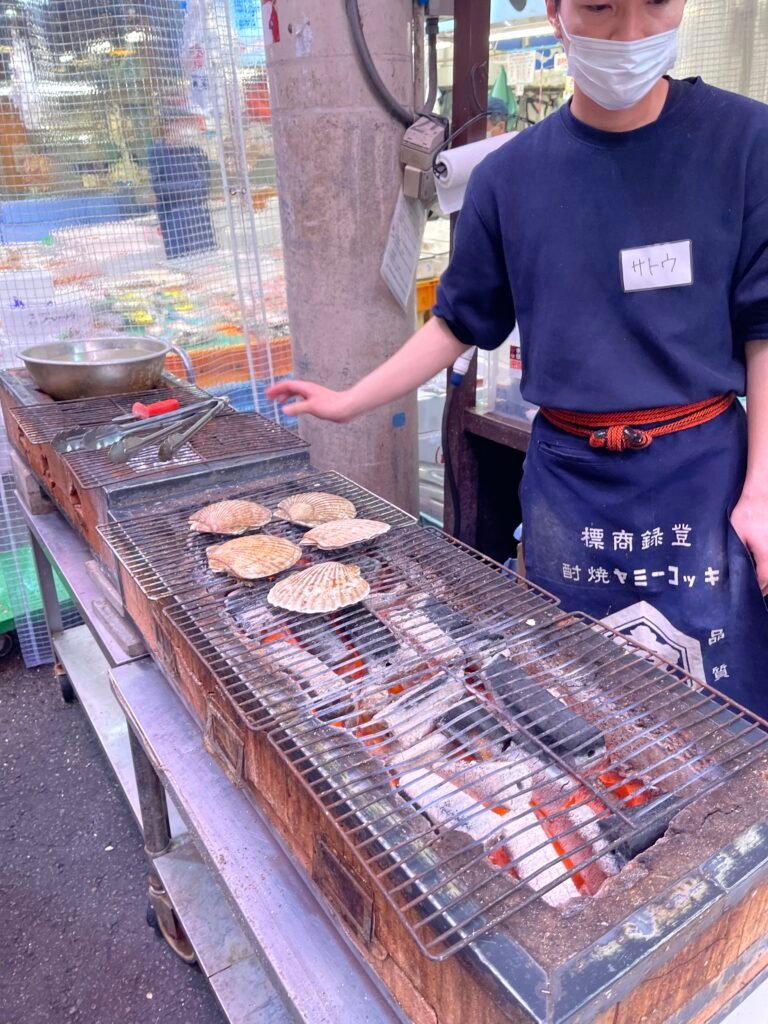
The scallops grilling at the fish market
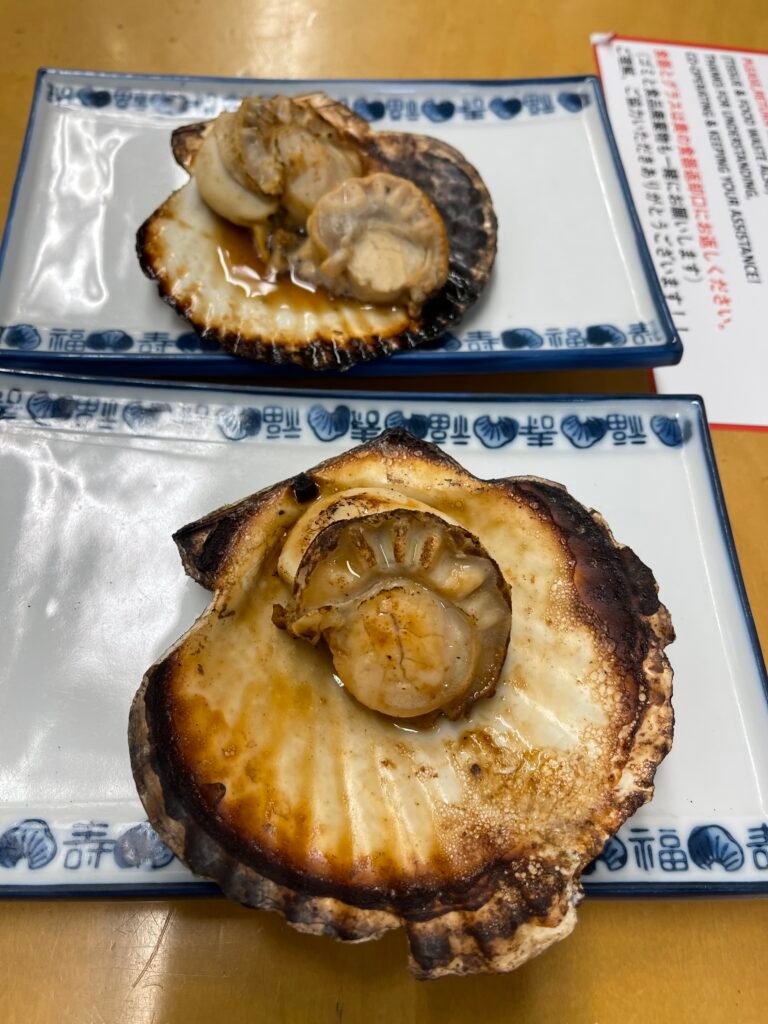
Delicious!
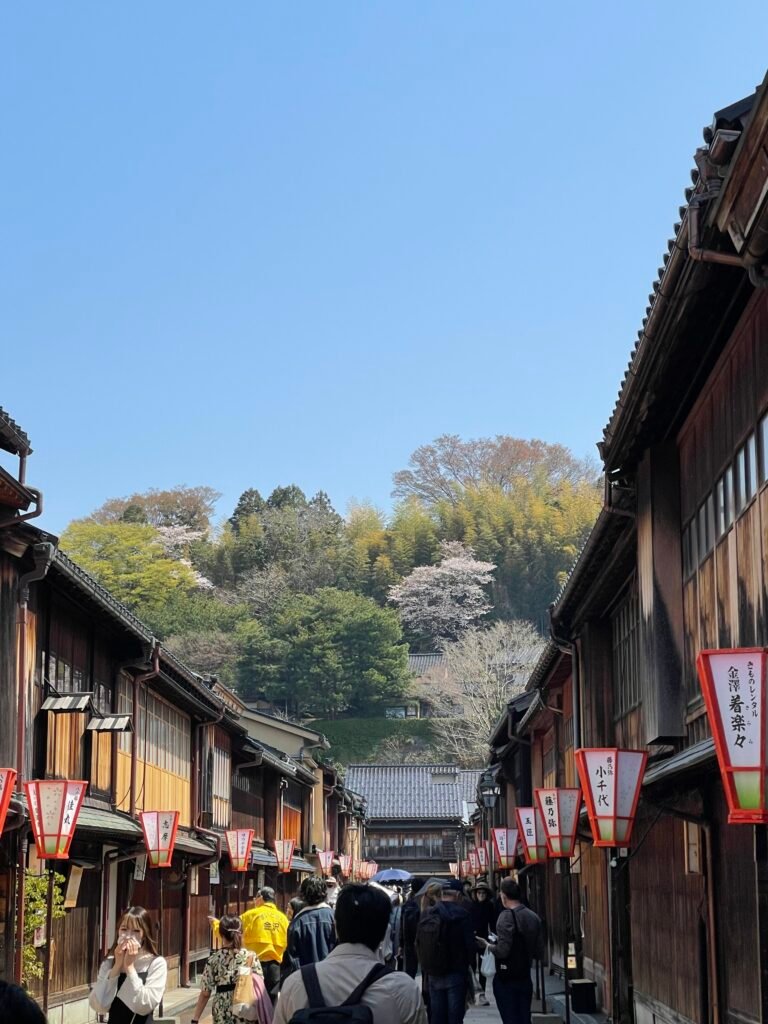
The geisha district

The bride and groom
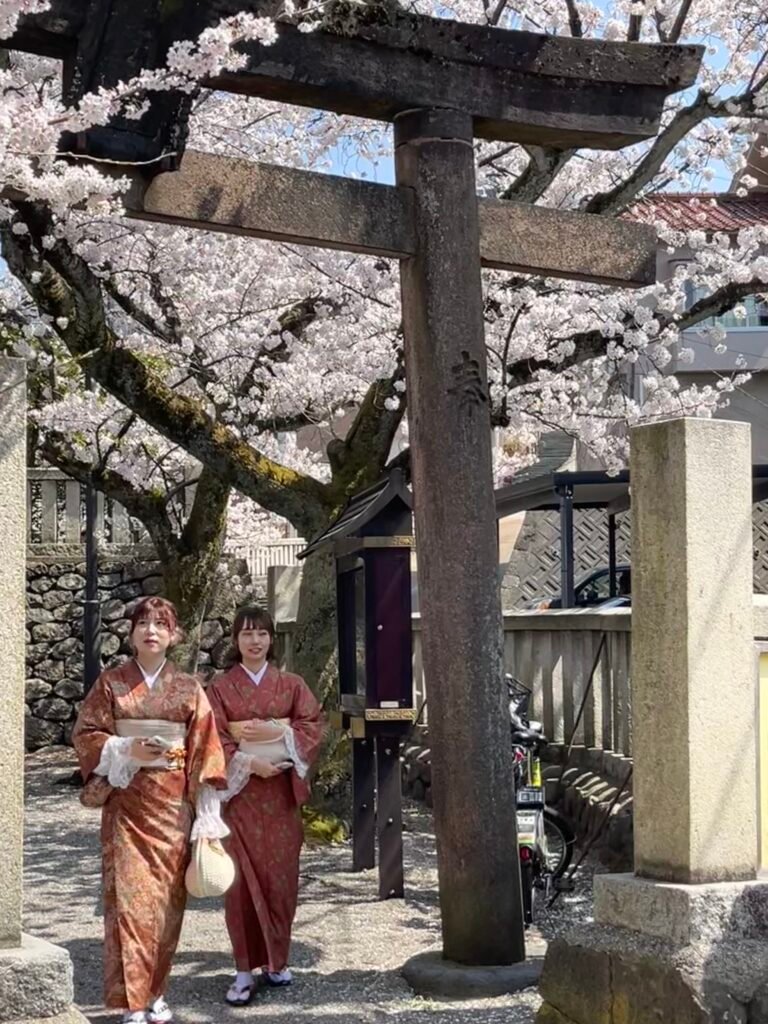
The geisha district
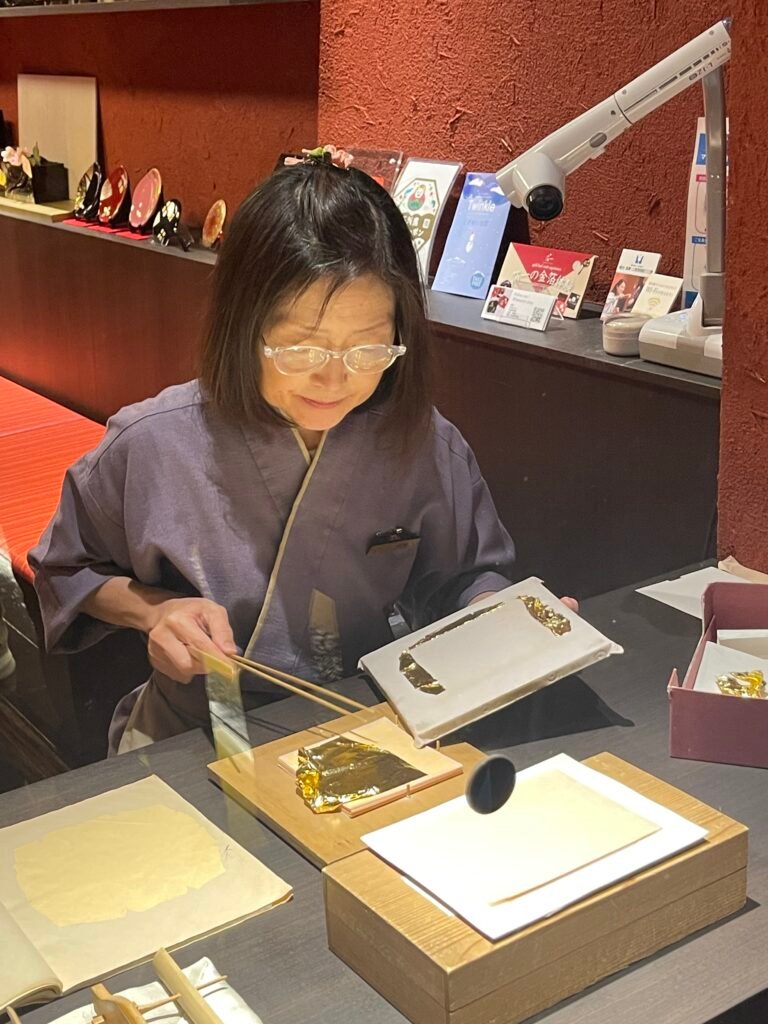
The gold leaf factory
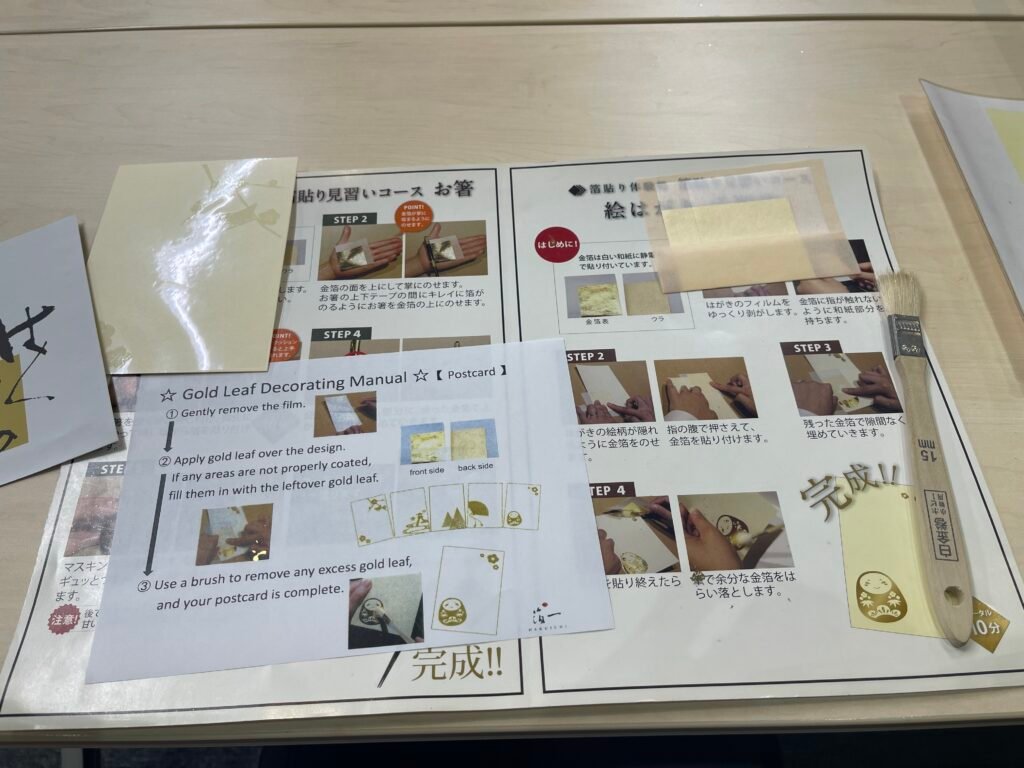
Our project instructions
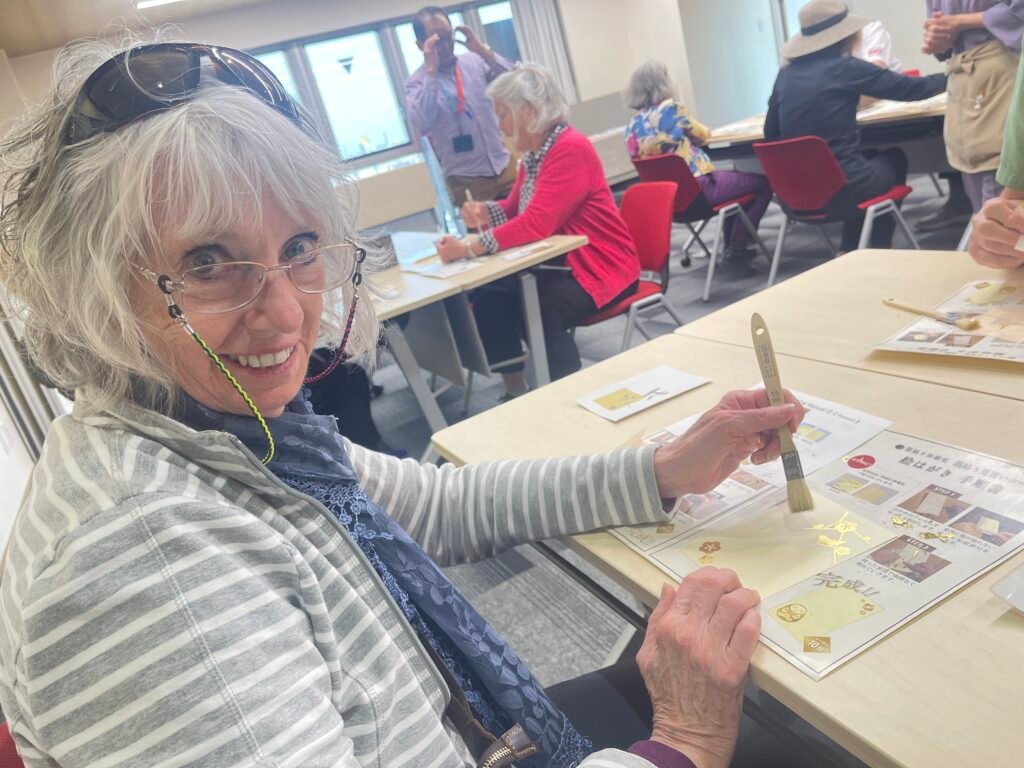
Working with the gold leaf
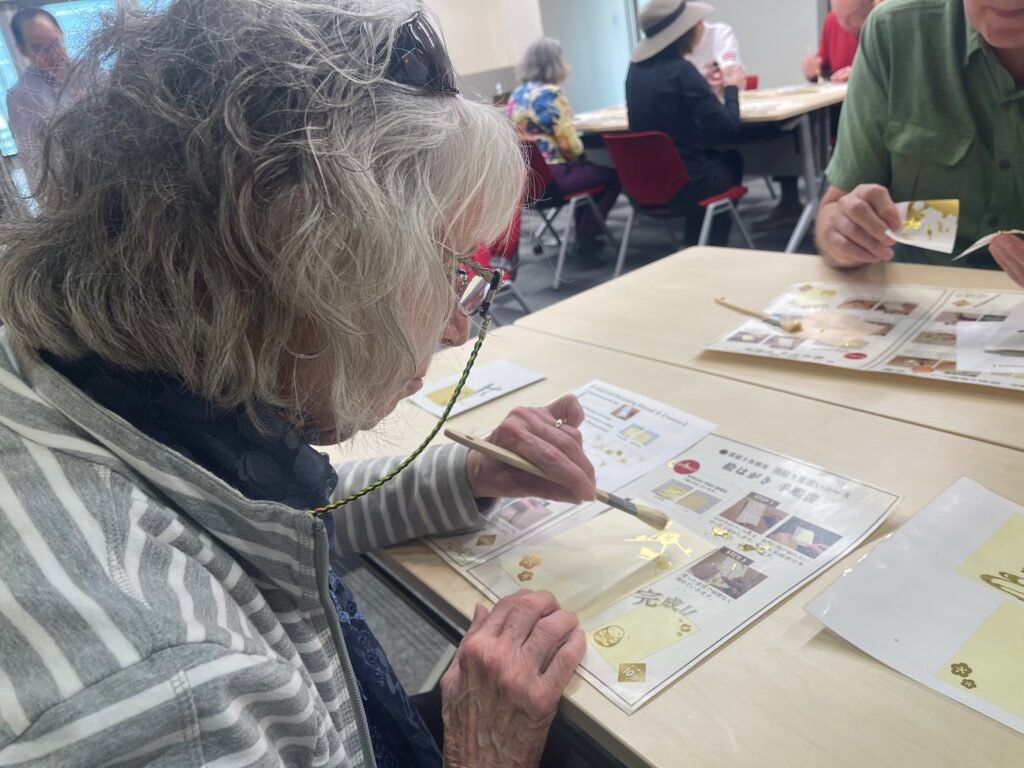
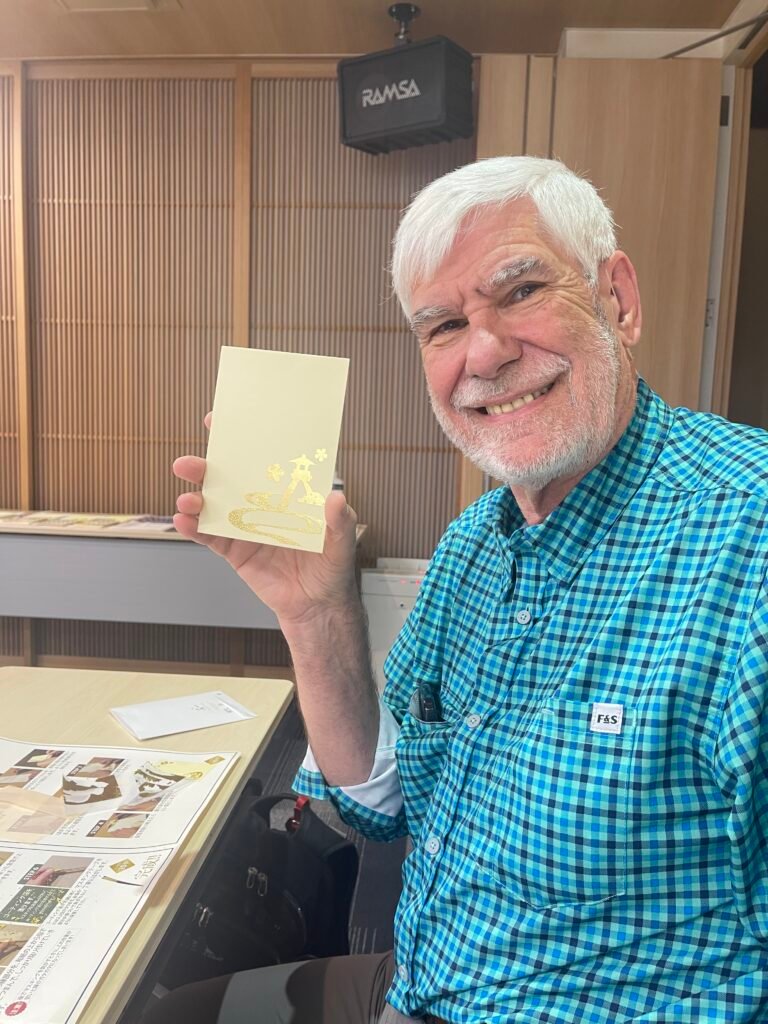
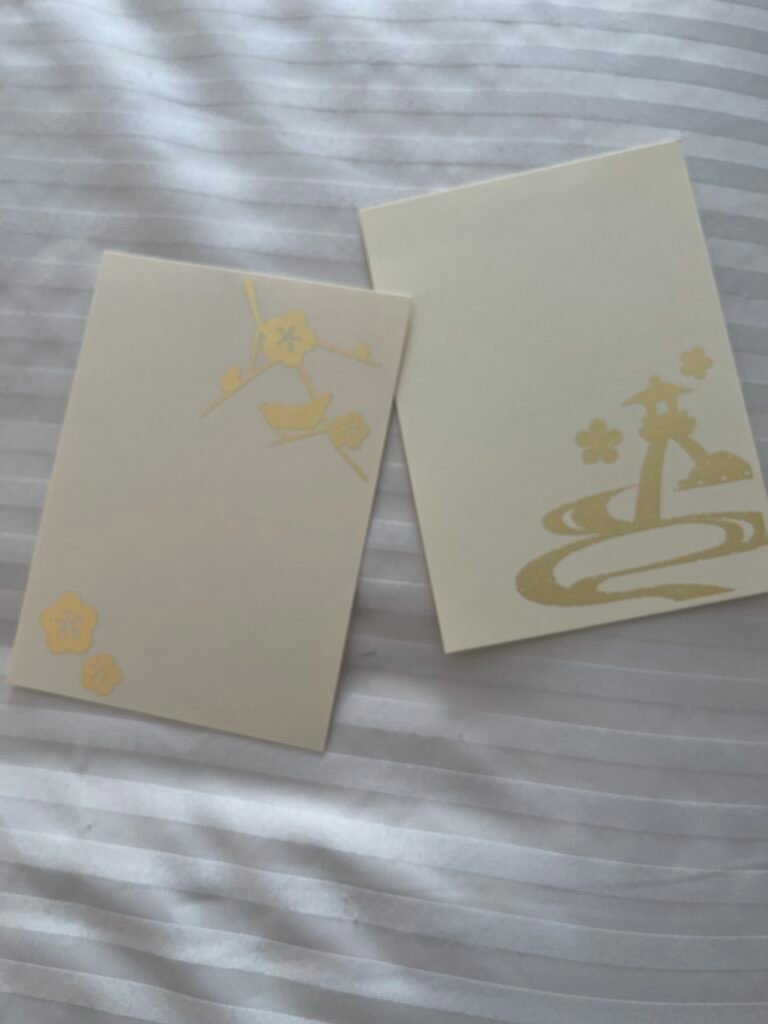
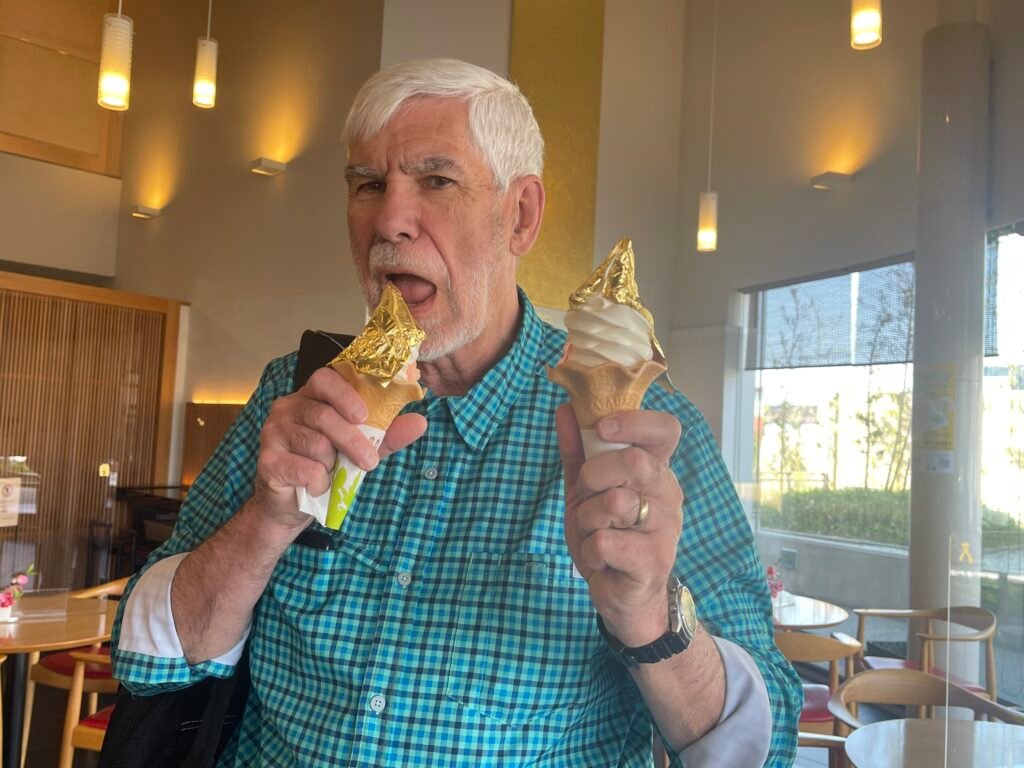
Eating gold leaf covered ice cream


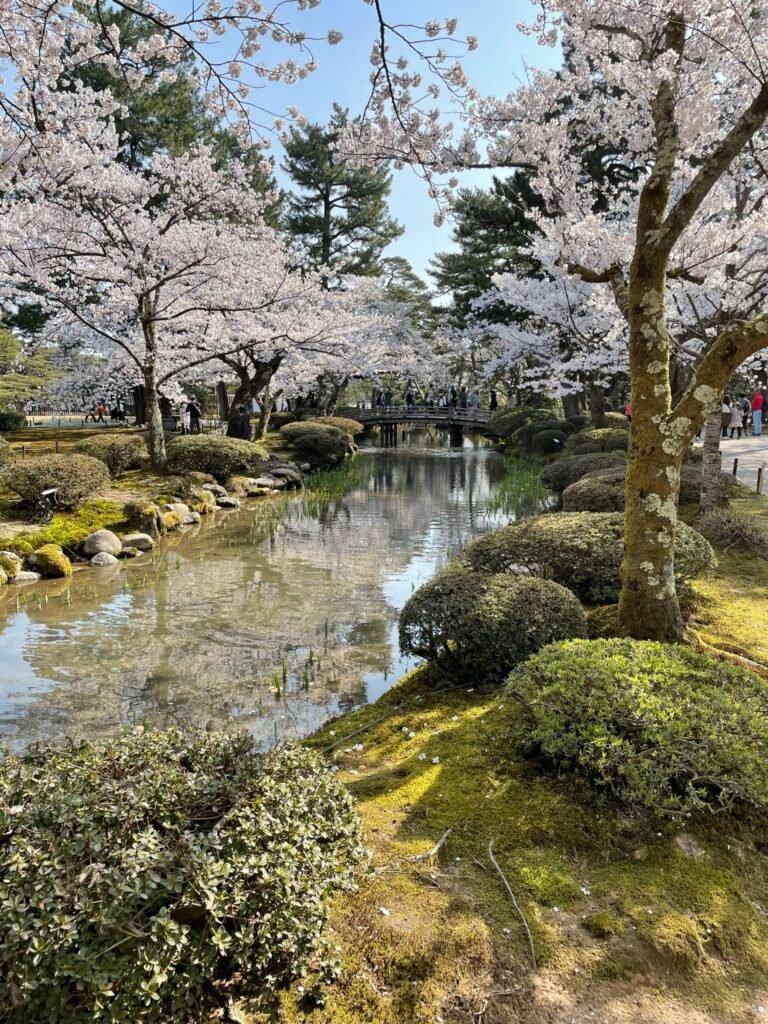
The splendor of the garden
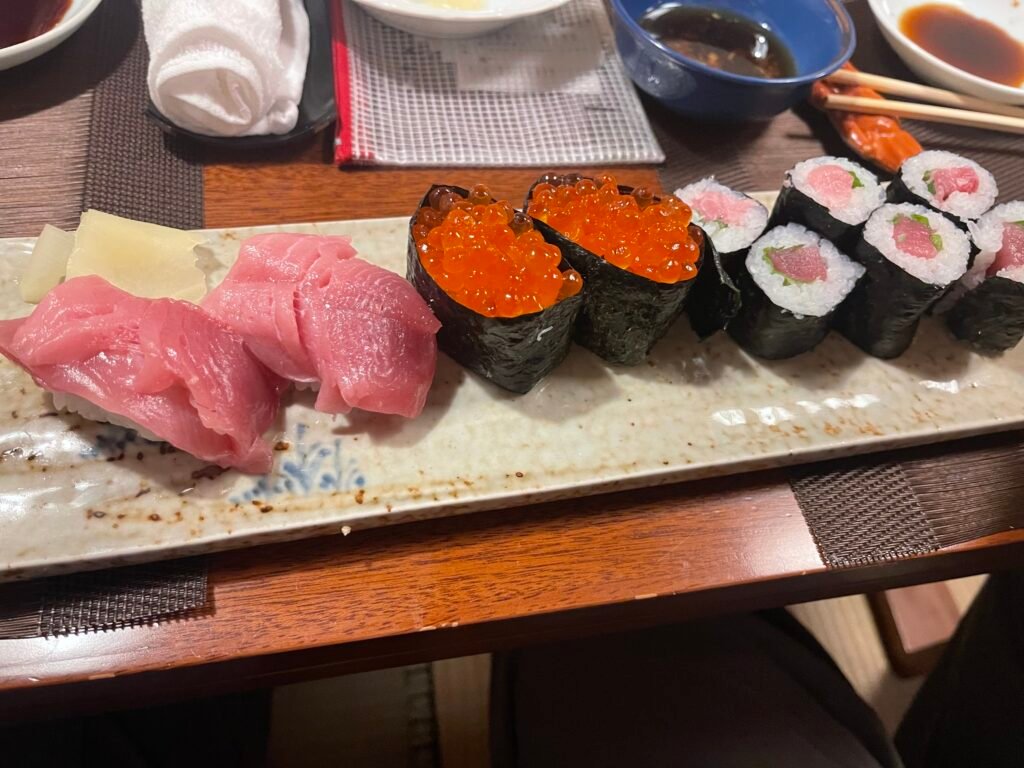
Dinner at the sushi restaurant


They were so cool. Their little heads turning back and forth and their little arms waving.
The photos are really beautiful. Looks like you are both having a wonderful time. And robots! I wish we had run into a robot family.